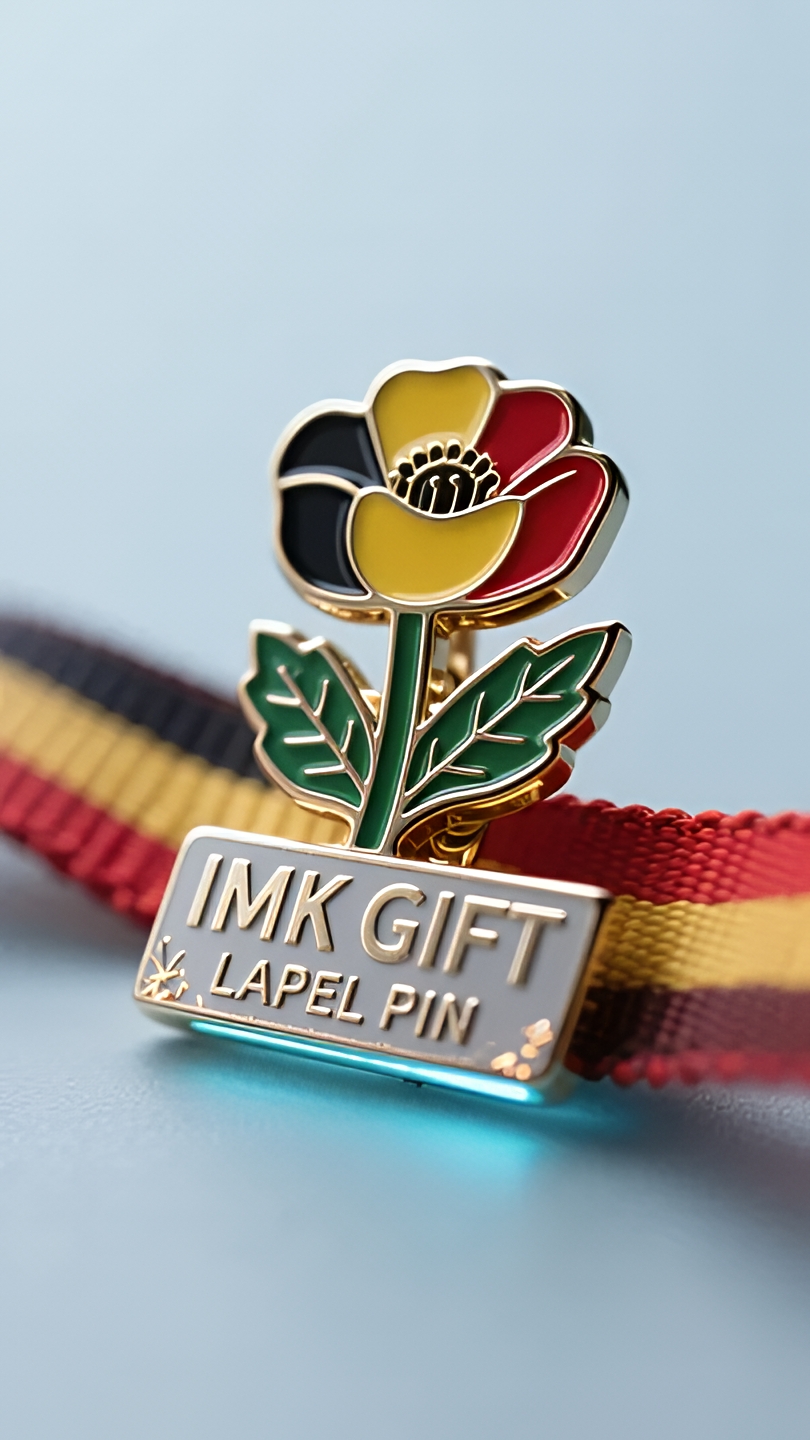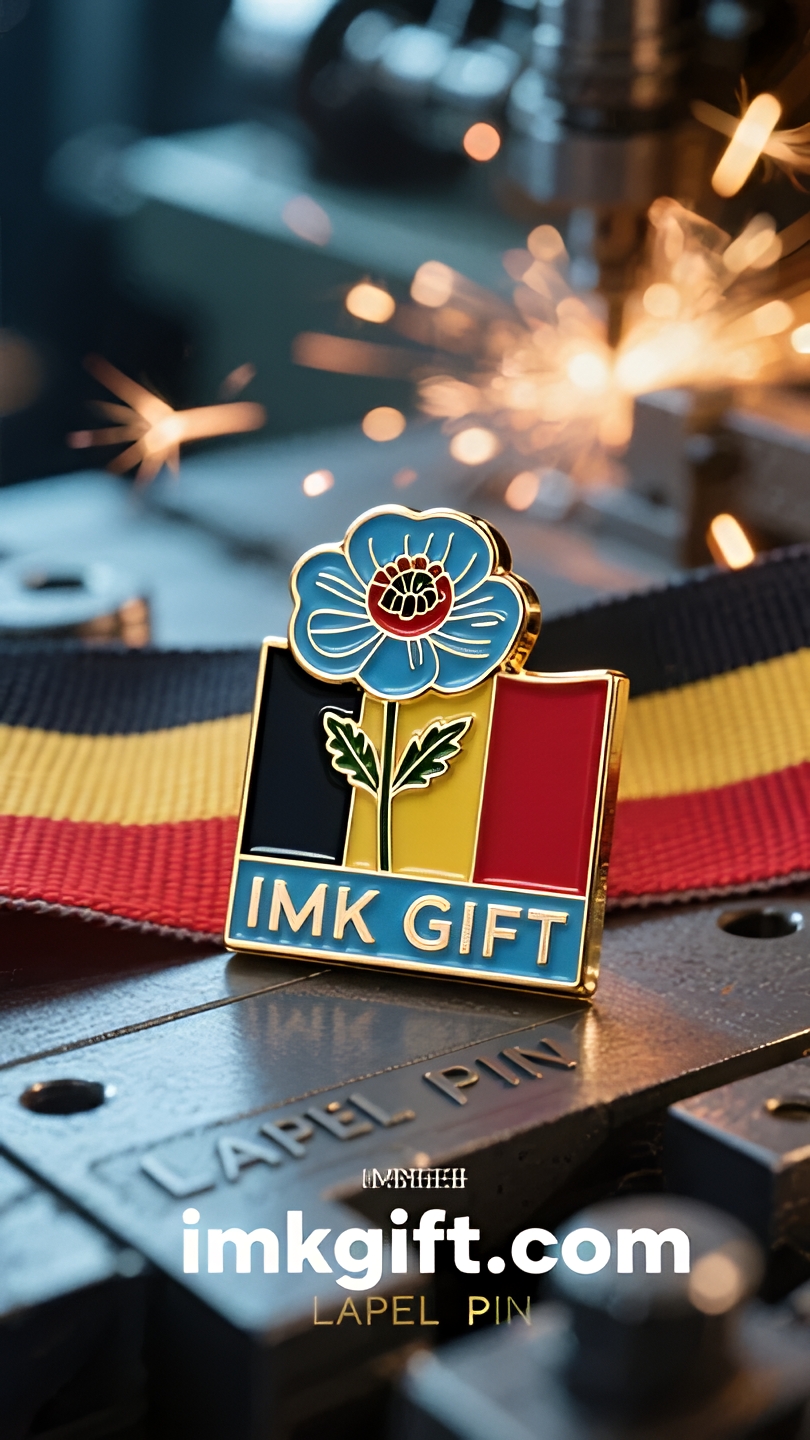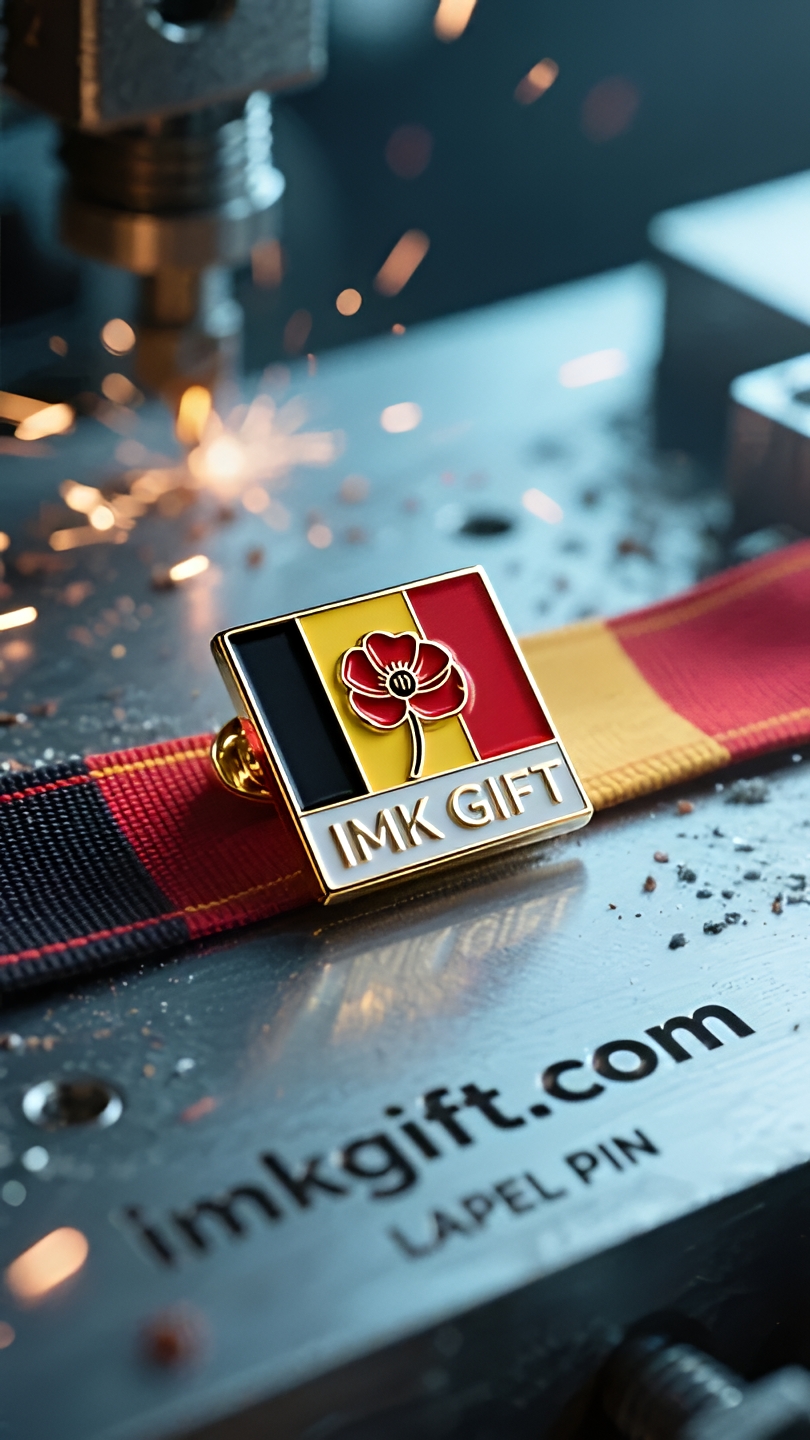in996-En-la-tierra-negra-Las-amapolas-florecen
▼
In July, the tricolor flags fluttered in the streets of Belgium. The black, yellow and red national flag is not only a symbol of national sovereignty, but also embodies the freedom code written by the Belgian people through a century of struggle: the black soil breeds tenacity, the golden sovereignty tempers faith, and the red blood builds courage. The poppy emblem dotted next to the national flag pushes this spirit to a deeper dimension. This red flower was born in the scorched earth of the trenches, and its roots penetrated shrapnel and ashes, and grew stubbornly on the blood-soaked land of Flanders. The Belgians engraved it on the emblem not only to remember the 250,000 soldiers who died in World War I, but also to give it the philosophical meaning of “rebirth in ruins” – the shells tore the earth, but let the deeply buried poppy seeds break out of the ground; suffering destroyed life, but inspired the brightest light of human nature. Contemporary Belgium incorporates this symbol into the National Day celebrations. The tricolor flag and the poppy together interpret the true meaning of the national spirit: true courage is to choose to bloom after seeing the scars; eternal peace must be based on remembering history. Just as the red petals of the poppy always face the sun, the Belgians always maintain their adherence to freedom and unity in the collision of multiple cultures. When the smoke clears, this belief in nirvana from the flames of war is still guiding the new journey.
En julio, en Bélgica, las banderas tricolores ondean al viento en las calles. La bandera nacional, entretejida con los colores negro, amarillo y rojo, no es sólo un símbolo de la soberanía nacional, sino que también encarna el código de libertad escrito por el pueblo belga durante un siglo de lucha: la tierra negra genera tenacidad, la soberanía dorada templa la fe y la sangre roja construye coraje. La insignia de amapola adornada junto a la bandera nacional lleva este espíritu a una dimensión más profunda. Esta flor roja nació en la tierra quemada de las trincheras. Sus raíces penetraron la metralla y las cenizas y crecieron obstinadamente en la tierra empapada de sangre de Flandes. Los belgas lo grabaron en su insignia no sólo para conmemorar a los 250.000 soldados que murieron en la Primera Guerra Mundial, sino también para darle el significado filosófico de “renacimiento de las ruinas”: las conchas desgarran la tierra, pero permiten que las semillas de amapola profundamente enterradas broten del suelo; El sufrimiento destruye vidas, pero inspira la luz más brillante de la naturaleza humana. La Bélgica contemporánea incorpora este símbolo en las celebraciones del Día Nacional. La bandera tricolor y las amapolas juntas interpretan el verdadero significado del espíritu nacional: el verdadero coraje es elegir florecer después de ver las cicatrices; La paz eterna debe basarse en el recuerdo de la historia. Así como los pétalos rojos de las amapolas siempre miran hacia el sol, los belgas siempre mantienen su compromiso con la libertad y la unidad en medio de la colisión de diversas culturas. Cuando el humo se disipa, esta creencia en el renacimiento de las llamas de la guerra sigue guiando el nuevo viaje.
七月的比利时,街头巷尾的三色旗迎风飘扬。黑、黄、红交织的国旗不仅是国家主权的象征,更凝结着比利时人民用百年抗争书写的自由密码:黑色土地孕育坚韧,金色主权淬炼信念,红色热血浇筑勇气。
而点缀在国旗旁的虞美人徽章,则将这份精神推向更深邃的维度。这朵诞生于战壕焦土间的红花,根茎穿透弹片与灰烬,在佛兰德斯浸染鲜血的土地上倔强生长。比利时人将它镌刻在徽章上,不仅为铭记一战中25万阵亡将士,更赋予其”废墟中重生”的哲学意涵——炮弹撕裂大地,却让深埋的虞美人种子破土而出;苦难摧折生命,却激发出人性最璀璨的光芒。
当代比利时将这份象征融入国庆庆典,三色旗与虞美人共同诠释着民族精神的真谛:真正的勇气,是看清伤痕后仍选择绽放;永恒的和平,需以铭记历史为根基。正如虞美人的红瓣永远朝向太阳,比利时人在多元文化碰撞中始终保持着对自由与团结的坚守。当硝烟散尽,这份从战火中涅槃的信念,仍在指引着新的征程。
▼
Contact Us
📞 Tel: +0086-760-85286839
📧 Email: sales3@imkgift.com








